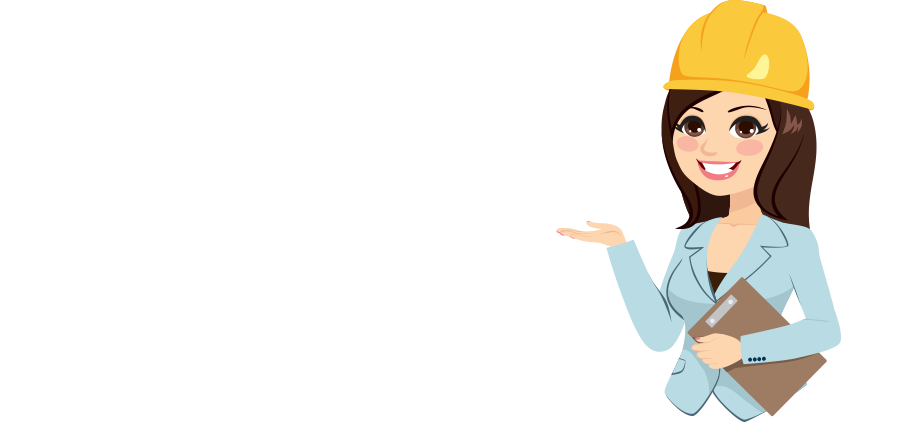AMERICAN HEART ASSOCIATION
OUR COURSES
INSTRUCTOR LED & ONLINE OPTIONS AVAILABLE
Heartsaver CPR/AED
The Heartsaver CPR AED course trains participants to give CPR and use an automated external defibrillator (AED) in a safe, timely, and effective manner. Reflects science and education from the American Heart Association Guidelines Update for CPR and Emergency Cardiovascular Care (ECC).
What does this course teach?
- Describe how high-quality CPR improves survival
- Explain the concepts of the Chain of Survival
- Recognize when someone needs CPR
- Perform high-quality CPR for an adult
- Describe how to perform CPR with help from others
- Give effective breaths using mouth-to-mouth or a mask for all age groups
- Demonstrate how to use an AED on an adult
- Perform high-quality CPR for a child*
- Demonstrate how to use an AED on a child*
- Perform high-quality CPR for an infant*
- Describe when and how to help a choking adult or child
- Demonstrate how to help a choking infant*
Heartsaver CPR/AED/FIRST AID
The AHA’s Heartsaver First Aid CPR AED course trains participants to provide first aid, CPR, and use an automated external defibrillator (AED) in a safe, timely, and effective manner. Reflects science and education from the American Heart Association Guidelines Update for CPR and Emergency Cardiovascular Care (ECC).
What does this course teach?
- First aid basics
- Medical emergencies
- Injury emergencies
- Environmental emergencies
- Preventing illness and injury
- Adult CPR and AED use
- Opioid-associated life-threatening emergencies
- Optional modules in Child CPR AED and Infant CPR
Heartsaver BASIC FIRST AID
The Heartsaver First Aid course trains participants first aid basics for the most common first aid emergencies, including how to recognize them, how to call for help, and how to perform lifesaving skills. Reflects science and education from the American Heart Association Guidelines Update for CPR and Emergency Cardiovascular Care (ECC) and the 2015 AHA/Red Cross Guidelines for First Aid.
What does this course teach?
- First aid basics
- Medical emergencies
- Injury emergencies
- Environmental emergencies
- Preventing illness and injury
Heartsaver Bloodborne Pathogens
The Heartsaver Bloodborne Pathogens course teaches students how to protect themselves and others from being exposed to blood or blood-containing materials. This course is designed to meet Occupational Safety and Health Administration (OSHA) requirements for bloodborne pathogens training when paired with site-specific instruction. Reflects science and education from the American Heart Association Guidelines Update for CPR and Emergency Cardiovascular Care (ECC).
What does this course teach?
This course uses the PACT acronym (Protect, Act, Clean, Tell) and tagline, “Make a PACT, Know How to Act™,” to help students learn and easily recall bloodborne pathogens training.
Students learn how to:
- Protect themselves from blood or blood-containing materials.
- Act quickly and safely.
- Clean the area that has blood or blood-containing materials.
- Tell their supervisor about the incident.
BLS: BASIC LIFE SUPPORT FOR HEALTHCARE PROVIDERS (INITIAL & RENEWALS)
The AHA’s BLS course trains participants to promptly recognize several life-threatening emergencies, give high-quality chest compressions, deliver appropriate ventilations and provide early use of an AED. Reflects science and education from the American Heart Association Guidelines Update for CPR and Emergency Cardiovascular Care (ECC).
The AHA’s BLS Course is designed for healthcare professionals and other personnel who need to know how to perform CPR and other basic cardiovascular life support skills in a wide variety of in-facility and prehospital settings.
FRIENDS & FAMILY
The Family & Friends CPR Course teaches the lifesaving skills of adult Hands-Only CPR, adult CPR with breaths, child CPR with breaths, adult and child AED use, infant CPR, and mild and severe airway block for adults, children, and infants. Skills are taught in a dynamic group environment using the AHA’s research-proven practice-while-watching technique, which provides students with the most hands-on CPR practice time possible.
